By Jennifer Mehigan
Though most workers have the day off on Monday, April 15, more than half a million people will congregate in an approximately one-mile section of downtown Boston. Close to 30,000 of them will have just completed the Boston Marathon, a grueling 26.2 mile race that ventures through 7 cities and towns before ending in Copley Square. The rest will be family and friends cheering for those who compete in the race.
I grew up in the suburbs and spent many years cheering for runners and handing out cups of water along the marathon route; the race has always been a terrific event. Now at Boston EMS, I see the behind the scenes of marathon preparation and its year-long calendar of meetings. The Boston Athletic Association (BAA), city, state, and every city and town along the route take this race and the safety of its participants very seriously.
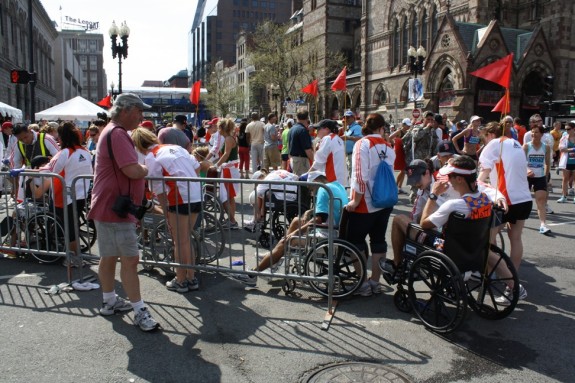
This will be my fourth marathon as a staff member and when I stand in that medical tent by the Finish Line it always amazes me that thousands of runners will be treated for dehydration, blisters, and exhaustion, yet a limited few will need to be transported to hospitals. That is a huge testament to all the planning that goes into such a prominent race. Every water station, every medical tent, every barricade, every volunteer group, every strategically placed ambulance, and hundreds of other factors are part of a well-thought out plan that will keep runners safe.
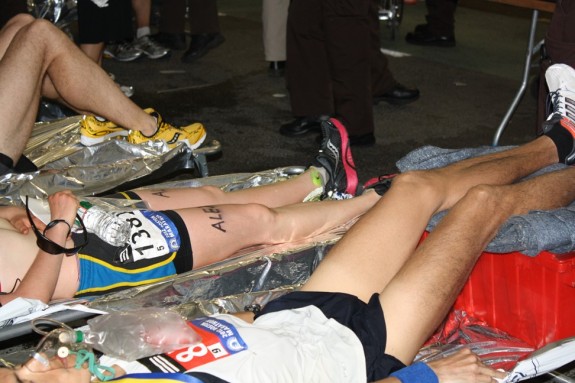
The role of Boston EMS before, during, and after the marathon is simple – keep every single person in Boston safe. Not only do we cover the half million people in the marathon area, we continue to respond to medical emergencies in every neighborhood of the city. We have the ability and may need to call in private ambulance companies to handle some emergency calls, but Boston EMS will respond to as many calls as possible.
Boston EMS will have 50 or so extra staff on to work the marathon route, including EMTs and Paramedics on bicycles, 4-wheel vehicles, strategically placed ambulances, and in medical tents working alongside our four physicians. There will be a Dispatcher at 911 Operations solely dedicated to marathon communication. There will be staff and volunteers tracking patient information as runners enter the medical tents and then are either discharged or transported to hospital. Boston EMS will have staff along the marathon route from early morning until late at night.
For weeks now, staff at Special Operations has been packing trailers with medical supplies. The Boston EMS area in the medical tents need to be stocked with cots, blankets, oxygen tanks, medications – anything that our staff will need to treat patients and determine if their condition requires transport. A trailer with bicycles will have been checked – each bicycle is fitted with radio equipment, medical supplies and an AED.

A dozen or so 4-wheel vehicles we call “gators” will be equipped with supplies and gassed up. Ambulances will be rechecked and resupplied.
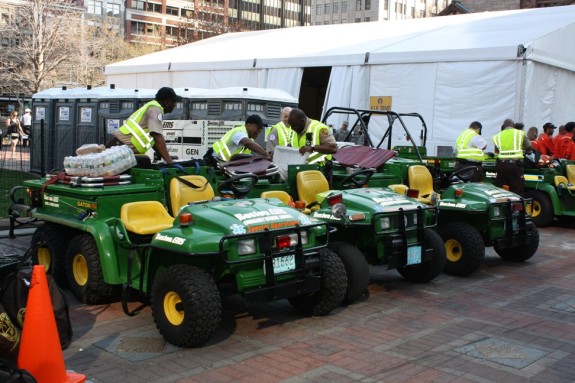
Days before the main event staff will be assigned to different areas and finally, on the morning of, staff will receive a briefing by Chief James Hooley and Medical Director Dr. Sophia Dyer.
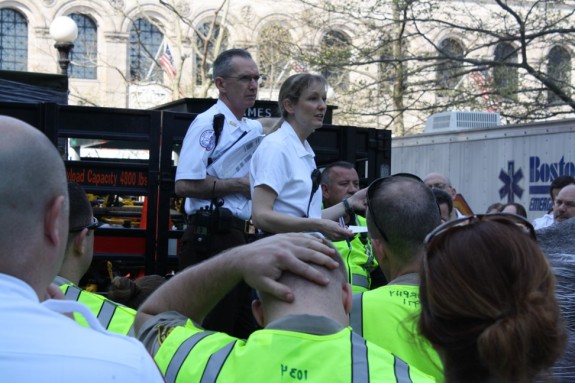
The marathon has become an internationally known race and is a time for Boston to shine. At Boston EMS, we welcome visitors to the city, we hope all the participants have a great race, and that every spectator has a great time watching. But if and when we are needed, Boston EMS will be there and staff will be ready.
Jennifer is the director of media relations for Boston EMS. She recently blogged about what happens when you call 911 in Boston.
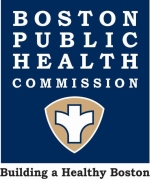

Jennifer, I was kind of rattled to find this post given today’s events in Boston, but at the same time so grateful that your EMS people are so well-prepared. Prayers are going out to all of you– in an earlier post I mentioned the severe psychological stress that public safety personnel can be under in times like this. Thank you for being as ready as you could be for the atrocity that happened today– I don’t know who’s responsible but I am sincerely grateful that such a professional and prepared organization was at the ready.
Good Job! &God bless Everyone who works in EMS
AMEN!!!!!!!
Fastidious answers in return of this issue with firm arguments and describing the whole thing on the topic of that.